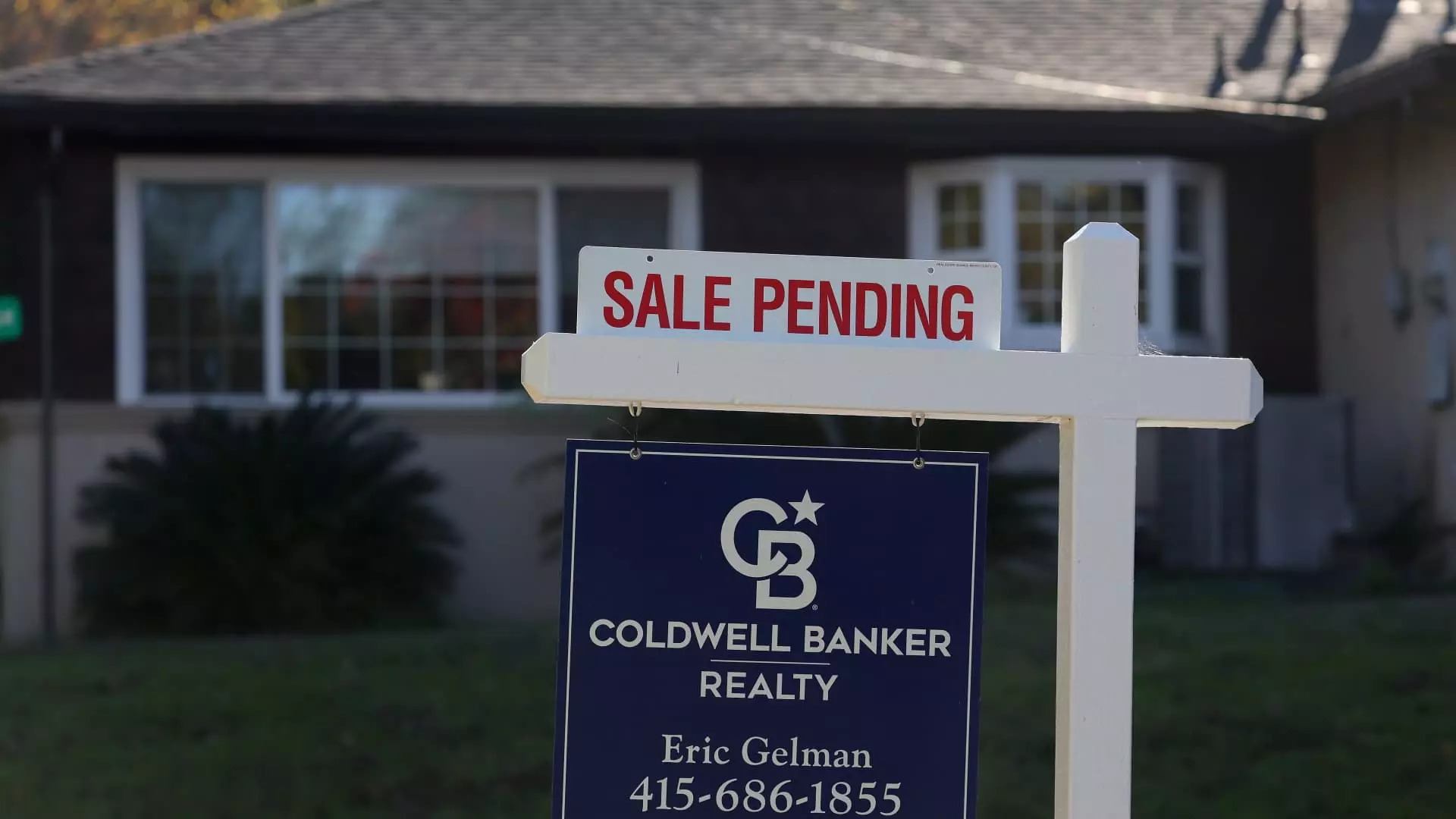The National Association of Realtors reported a 7.7% drop in signed sales contracts on existing homes in April compared to March, marking the slowest pace since April 2020. This decline in pending sales, which serve as a predictive indicator of closed sales in the coming months, was 7.4% lower than in April of the previous year. The unexpected decrease in sales was attributed to the unexpected surge in mortgage rates, with the average rate on a 30-year fixed mortgage climbing from 6.9% to 7.5% by the end of April.
Sales were down in every region of the country, with the Midwest and West experiencing the most significant declines. Despite low inventory and escalating prices, the impact of rising interest rates had a substantial effect on buyer demand. As a result, the share of sellers cutting prices reached 6.4% in May, the highest level since 2022. However, the market did show signs of improvement, with active inventory in April increasing by 30% compared to the previous year. This surge in inventory levels could lead to a more active summer market, although the median asking price dropped for the first time in six months.
Despite the challenges faced in the real estate market due to escalating interest rates, there is optimism for a potential rebound in the near future. Lawrence Yun, chief economist for the NAR, highlighted that the anticipated rate cut by the Federal Reserve later this year could improve market conditions by enhancing affordability and increasing supply. Additionally, Hannah Jones, a senior economic research analyst with Realtor.com, emphasized the significance of lower mortgage rates in attracting both buyers and sellers back into the market. The forecasted outlook suggests that while some regions may experience minor price declines, they could provide opportunities for buyers looking to enter the market, especially in areas with job growth.
The impact of interest rate fluctuations on home sales cannot be underestimated. As market conditions continue to evolve, adapting and responding effectively to changing economic factors will be crucial for both buyers and sellers in navigating the real estate landscape. Despite the current challenges faced by the housing market, there is hope for a more balanced and dynamic market environment in the future.


Leave a Reply